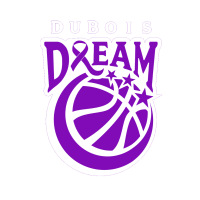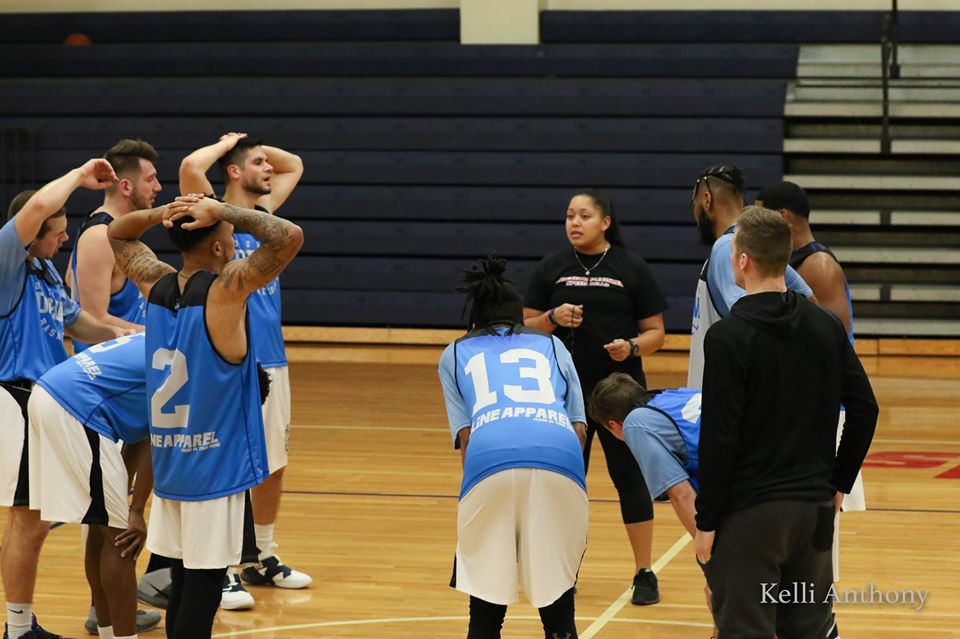Sports Performance Training is the basis of training one to excel their best in their sport or sports by creating a foundation on then building on speed, agility, strength, self-confidence, and the reduction of sport related injuries.
Parisi Speed School performance proven. Over 650,000 athletes have used the Parisi Speed School system to build their athletic skills. They have over 100 facility locations in the US and worldwide. Parisi Speed School uses a curriculum based science and sports psychology geared to youth.
There are roughly 8,000 sport injuries a day. Roughly 1 in 3 kids who play sports injured enough that they will have to miss games. 62% of injuries happen in practice or a game. These injuries are being linked to the reason that participation numbers are declining. Athletes and parents do not want to get hurt further, or hurt in general when they see others getting hurt. A potential reasoning for these injuries is the fact that in youth sports, bones, muscles, tendons, etc. are still growing making them more susceptible to injury if not prepared appropriately. Other risk factors for sport related injuries are previous injury, poor conditioning, muscle imbalances, and errors in training. If these factors can be addressed there’s a probability to reduce injuries by 15-50%.
Prevention is the key to reducing such findings. Ways to implement positive results are to know and understand what an Active Dynamic Warm-up (ADW) is and its importance, the techniques of acceleration and deceleration, confidence and mental toughness, and strength training. Weight lifting movements involve more complex neural activation patterns, so it is now suggested that children may be ideal to start developing the coordination and skill techniques to perform them correctly. In all honestly, if they are mentally and physically ready to comply with coaching instructions and undergo the stresses of sporting activity, then they can be considered ready for a strength training program. We see kids really start playing organized sports at the age of 7 or 8. They can be taught weight room etiquette, technique, safety, caring for the weight room, and basic movement patterns with the proper anatomical functioning. Strength training doesn’t have to mean weights either.
In-season training can often be seen as a double-edged sword, or usually is tossed aside due to coaches thoughts on time constraints of incorporating a strength program with multi-games a week. Time really should be made for the reduction of injuries, the facilitating of weight control, aid in injury recovery, strengthen bone, increase player performance (efficiency, durability), and improve motor performance skills.
In-Season Strength Training can be 1-2 times a week for 30 minutes, and for the sports who have multi-games a week 1 time a week is sufficient, and still highly beneficial. 1 time a week will still aid in diminishing strength loss throughout the season. If there is a point in the season where 2 times can be done, then by all means add the extra day.
You can focus on full body lifts or multi-joint exercises (deadlift to calf raise to bicep curl to overhead press, or simpler to forward lunge with bicep curl), instead of the many single joint exercises (bicep curl or leg extension). Based on the equipment and skill level of your athletes, you may adjust the exercises to maximize the training and time constraints. You can use body weight exercises, resistance bands, free weights, and machines. In any one workout you could use one or all types of these methods.
Here’s a breakdown of potential of potential variables to consider and include in a strength training program:
- Warm-up/cool-down: the warm-up can be 5-10 minutes and should consists of an Active Dynamic Warm-up (ADW)
- ADW are exercise movements that literally raise core body temperature, increase heart rate, enhance motor control, make the body and mind aware of the impending demands, and is to maximize the active range of motion of the body. It can also help mentally prepare one for the tempo of the training plan or game. Ex: high knees, side shuffle, jumping jacks, skipping, glute bridges, fire hydrants.
- Cool down can consist of more static based stretching. It is meant to cool the body and muscles down, also aiding in injury prevention. It can also be about 5-10 minutes at the end of practice. Ex: standing quad stretch, seated hamstring stretch, cross body shoulder stretch. Basically any stretch you typically see teams circling up to counting for.
- Choice/order of exercises: exercises that are appropriate to the fit ness level, body size, and exercise knowledge. The focus should be on the correct movement pattern. Even in a team sport, they may all perform the same movement pattern; however it can be adjusted to the appropriate skill level. Ex: sit to stand with a chair, body weigh squat, dumbbells squat, and barbell squat. They are all the same movement pattern; however, adjusted to various skill, technique, and strength level.
- Also one needs to consider working both sides of the body. The front and the back. This is often overlooked. By only training one aspect of the body muscle imbalances are created, which we know are one cause of injury. I always say each exercise needs a friend so to speak. If you push something away from the body, you must pull something to it. Ex: bench press and seated cable row.
- Order of exercises should look to go with large muscle groups first then smaller. (Quads before biceps)
- Training intensity/volume: Training with a light load until athletes can performs the movement patterns correctly is the best option. That helps maximize muscular gains and reduce injury risk. As they become more proficient, gain endurance, and reliability in the movement pattern, weight, resistance, or increased repetitions can be added which will change the intensity or volume.
- Rest intervals between sets/ exercises: It is suggested that a 1 minute rest in between sets or exercises will be ok. Fitness level will truly determine an adequate time. If they have enough time to take a selfie then that’s too much time. The time it takes to go to the next exercise or change weights should be close to the correct rest interval.
- Repetition velocity: This isn’t used much and can be a great tool once proper form and adaptation to a light load is obtained. This is the tempo or cadence at which you can perform the exercise. It can be used to make exercises more explosive.
- Training frequency: Is basically the times per week you would train. So for in-season multi-game per week teams could have a training frequency of 1-2 times per week.
- Program variation: This tends to be my more favored part of training programs. By switching out exercises, resistances, or movement patterns, you can force the body to never plateau. The more experienced athletes can have multiple variable changed at a time. Also to keep the interest of everyone mixing things up keeps everyone having fun while putting in hard work. (Dream training session were always different but put in the same amount of work)
Finally things to consider are the Active Rest Periods between seasons. There should be about 1-3 weeks of active rest for the body to relax and prepare for the new adaptations. This is for those who play multiple sports AND even those who play one sport all year round. Active Rest doesn’t mean to sit and play video games all day. It means to change up and down scale the intensity of the activities. Bike, swim, walk, light lift, play games with friends, even roller skate lol.
Also things that need to be covered are proper nutrition, hydration, and sleep. These things can be talked about during training and throughout the season, as refreshers. These topics could have their own segment all on their own. They also play critical roles in sports performance.

